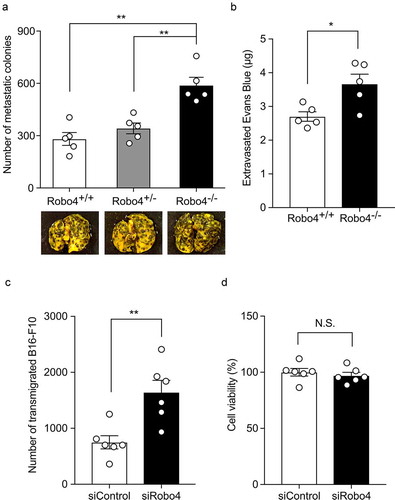Figures & data
Figure 1. HDAC inhibitors targeting HDAC1-3 suppress Robo4 expression in endothelial cells

Figure 2. Knockdown of HDAC3 downregulates Robo4 expression in endothelial cells
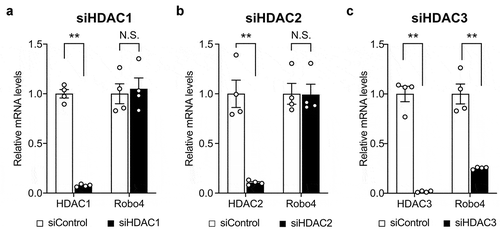
Figure 3. (a) Schematic illustration of the Robo4 promoter and binding sites of SP1 and GABP in the proximal region.Citation7,Citation8 (b) Effect of MS-275 on Robo4 promoter activity. A reporter plasmid containing the 3 kb Robo4 promoter was transfected into HVUECs treated with or without 20 μM MS-275. Luciferase activity was measured (n = 4). (c, d) Expression of SP1 and GABP subunits in the HUVECs treated with MS-275 (c) or siRNA against HDAC3 (d) was measured by quantitative PCR. Data are expressed as the mean ± s.e.m. Statistical significance was determined by the unpaired t-test (*p < .05, **p < .01; N.S., not significant)
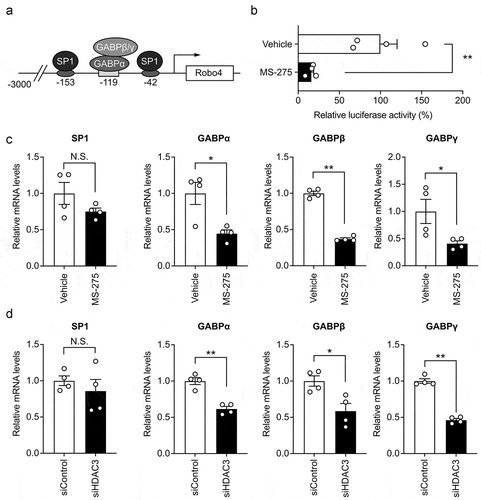
Figure 4. MS-275 enhances endothelial and vascular permeability
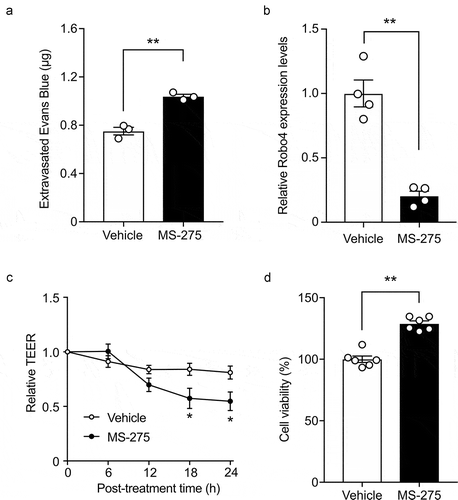
Figure 5. MS-275 promotes the transmigration of cells through the vasculature and endothelial monolayer
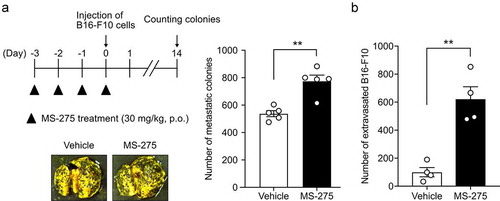
Figure 6. Downregulation of Robo4 promotes vascular permeability and cell transmigration through the vasculature and endothelial monolayer
